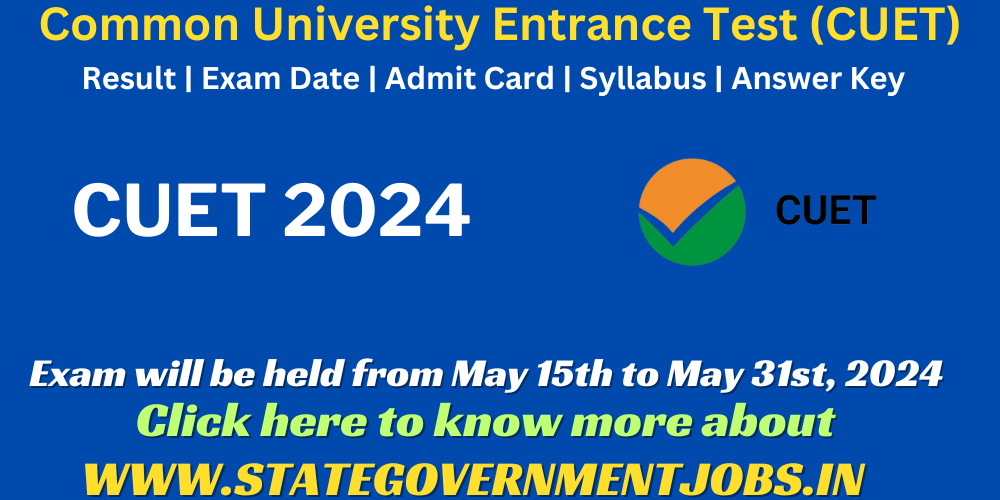CTET 2024 (Central Teacher Eligibility Test) is your gateway to a fulfilling and rewarding career in teaching. In this guide, we’ll explore the ins and outs of CTET, helping you embark on your journey towards teaching excellence.The CTET exam is mandatory for all candidates who wish to teach in government schools across India.
The Significance of the CTET Exam in India
The CTET exam is significant in India because it ensures that all teachers in government schools have a minimum level of qualification and competence. This is important because it helps to improve the quality of education in India.
CTET vs. State TET: Which Teacher Eligibility Test Is Right for You?
There are two types of teacher eligibility tests in India: the CTET and the State TET. The CTET is a national-level exam, while the State TET is a state-level exam.
If you are interested in teaching in a government school in any state in India, then you need to take the CTET exam. However, if you are only interested in teaching in a government school in a particular state, then you can take the State TET exam.
Navigating the CTET Application Process: A Step-by-Step Guide
- Visit the official CTET website and create an account.
- Fill out the online application form.
- Upload the required documents, such as your educational certificates and passport-size photo.
- Pay the application fee.
CTET Syllabus and Exam Pattern Demystified
The CTET syllabus covers a wide range of topics, including child development, pedagogy, and subject-specific knowledge. The exam pattern is as follows:
- Paper I: Child Development and Pedagogy (150 marks)
- Paper II: Subject-Specific Knowledge (150 marks)
Each paper is of 90 minutes duration.
How to Prepare Effectively for CTET 2024
Preparation Strategies: Preparing for CTET can be a challenge. This section will offer effective strategies, recommended study materials, and valuable practice resources to help you achieve success in CTET 2024.
Understanding the CTET Eligibility Criteria
To be eligible for the CTET exam, you must meet the following criteria:
- You must be a citizen of India.
- You must have completed your graduation from a recognized university.
- You must have completed a teacher training course (B.Ed./D.El.Ed.) from a recognized institution.
Cracking the CTET: Tips and Strategies for a Top Score
Here are a few tips and strategies for cracking the CTET exam and achieving a top score:
- Have a good understanding of the CTET syllabus and exam pattern.
- Use good quality study material.
- Solve previous year papers and mock tests regularly.
- Focus on your strengths and work on your weaknesses.
- Revise regularly and take breaks when needed.
Frequently Asked Questions (FAQs) About CTET
Q: What is the CTET exam?
A: The CTET is a national-level teacher eligibility test conducted by the CBSE.
Q: Who is eligible for the CTET exam?
A: To be eligible for the CTET exam, you must be a citizen of India, have completed your graduation from a recognized university, and have completed a teacher training course (B.Ed./D.El.Ed.) from a recognized institution.
Q: What is the CTET exam pattern?
A: The CTET exam is conducted in two papers: Paper I (Child Development and Pedagogy) and Paper II (Subject-Specific Knowledge). Each paper is of 150 marks and 90 minutes duration.
Q: How to prepare for the CTET exam?
A: To prepare for the CTET exam, you should start your preparation early, understand the syllabus and exam pattern thoroughly, collect good study material and practice papers, solve previous year papers and mock tests regularly, focus on your strengths and work on your weaknesses, and revise regularly.
Q: How to crack the CTET exam?
A: To crack the CTET exam, you should have a good understanding of the syllabus and exam pattern, use good quality study material, solve previous year papers and mock tests regularly, focus on your strengths and work on your weaknesses, and revise regularly.






